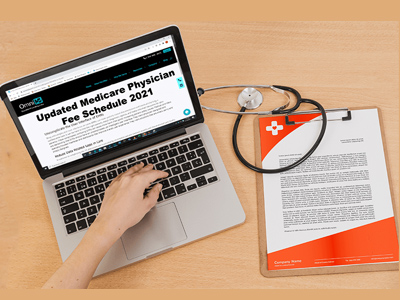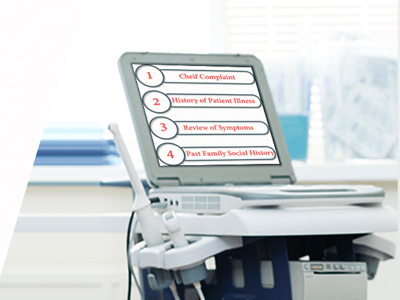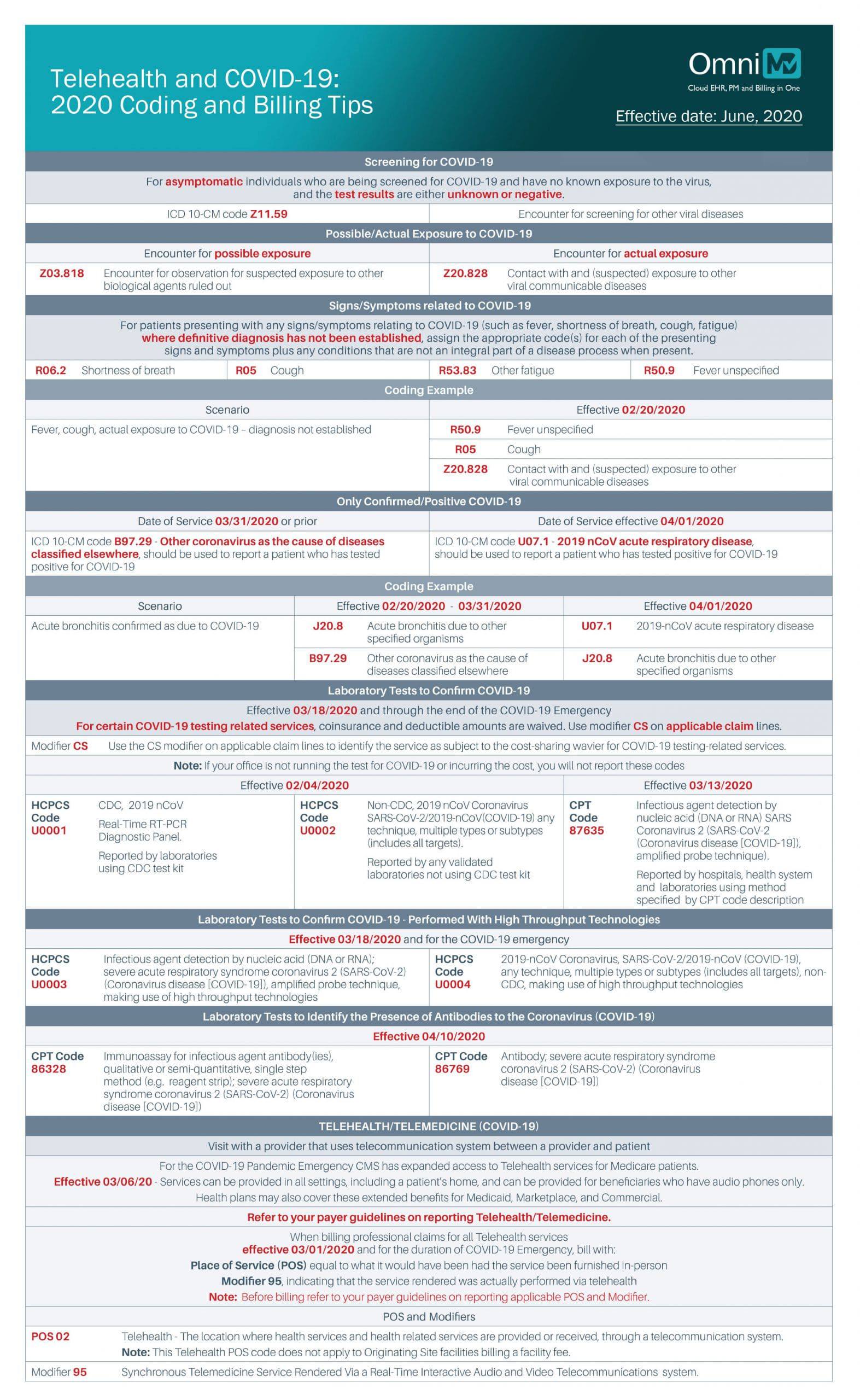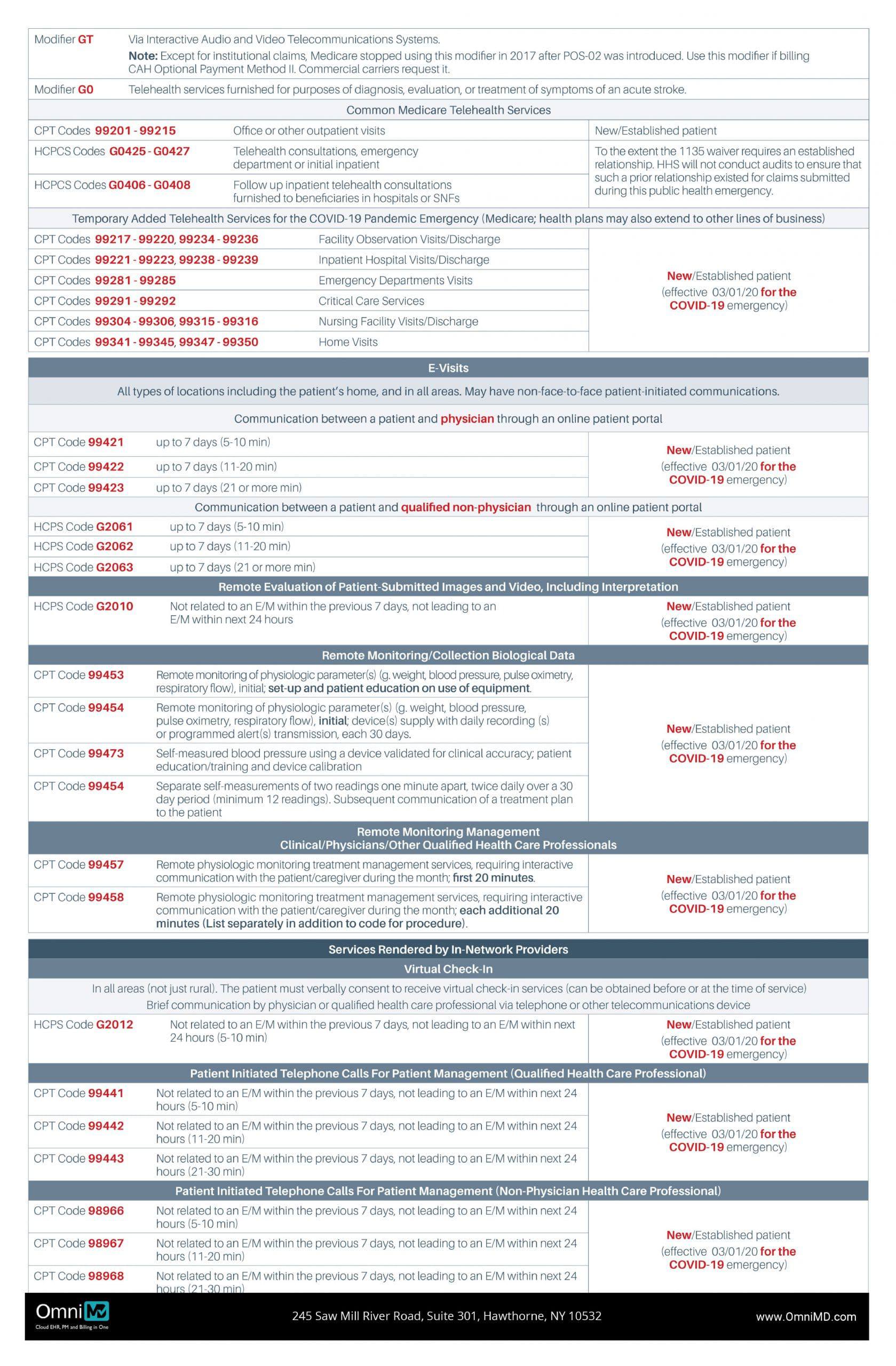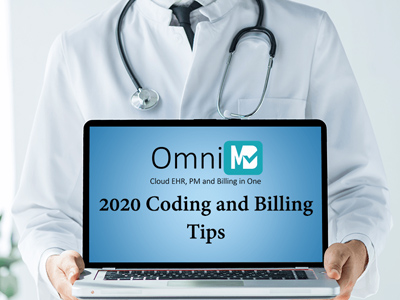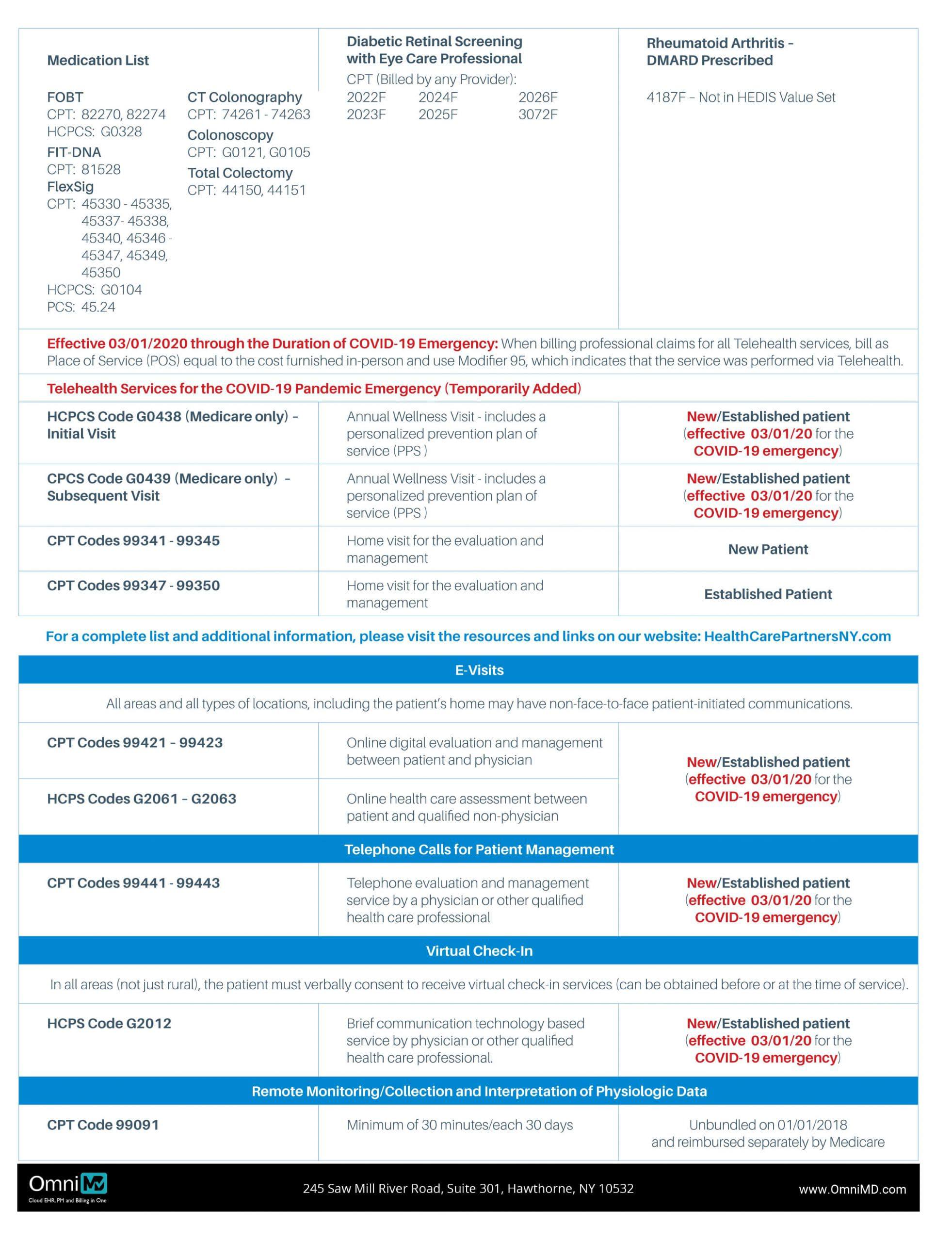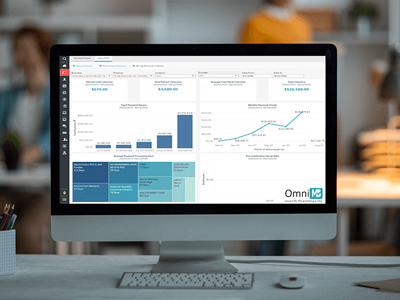
Benefits of One Platform Consolidated RCM to Billing Companies
Benefits of One Platform Consolidated
RCM to Billing Companies
Healthcare IT is making rapid advancements in technology to support a medical billing company’s complex array of activities. However, the latest software and apps supposedly designed to make the processes faster and efficient are often written with distinct functions, incapable of integration. This leads to a fragmented approach for both providers and billing companies in handling their essential operations, which include eligibility & benefit verification of insurance, coding, processing claims, processing payment, and manage revenue tasks, to name a few, while strictly maintaining compliance with coding regulations, such as the ICD-10 code update. These are complex activities and require integration for a seamless workflow.
This calls for the need for a single platform that understands the drawbacks of a fragmented approach and offers an integrated interface that allows streamlined access and gives full control to its users for all functions. In simpler words, it should be a one-stop destination for your Revenue Cycle Management needs. It is estimated that the global Revenue Cycle Management Market will reach USD 90.43 Billion in 2022 from USD 45.59 Billion in 2016, at a CAGR of 12.1%. More specifically, integrated solutions are expected to enjoy the most significant jump and register the highest CAGR during this period.
Here are some benefits that you should not overlook while searching for a consolidated platform revenue cycle management (medical billing) software.
1. Single Sign-on: This is one of the evident and immediate benefits. You can manage multiple practices, multiple locations, numerous businesses under one login—no need to remember several different user IDs and passwords to various applications.
2. Centralized Insurance Payer, Attorney, Adjuster, Referring Physicians, Patient, Claim, and Accounts Receivable Management: If you’ve customers in the same geography and share a common payer base, adjusters, attorneys, referring providers, etc., a common billing platform allows you to centrally manage the setup in a quick time with minimal effort versus when you have several different applications for a similar customer base.
3. Consolidated Reporting: With the ability to manage all practices, businesses with a single platform, another noticeable advantage is the ability to get a composite and accurate picture of your business as a whole rather than compiling data from several different applications and excel exports. The reporting filters put across multiple locations, practices, and companies get you the results on your tips just in a few minutes.
4. Improves Billers’ Efficiency and Productivity: The one-platform approach allows easy and quick management of billing and revenue cycle operations, thereby improving staff efficiency and productivity as the staff need not spend time & efforts in learning the ropes of multiple systems and therefore can gain proficiency with focused learning efforts on one platform. Likewise, it also reduces dependency on staff and allows improved tracking of user productivity.
5. Time Saver: A single platform is highly timesaving in many ways. As everything needs to be done on a single platform, a lot of time is saved from jumping from one application to another. The staff also needs to learn only one platform and gain proficiency in it. The team also gets trained in less time, and no time is wasted in continued pieces of training for multiple applications. It gives them time for other, more productive, and business-growing activities. According to CAQH data, approximately 12 minutes are taken and cost $5.37 each for eligibility and claims calls. A consolidated RCM platform can save this time and money to improve profitability.
6. Improved billing clients’ financial performance: A medical billing company must be committed to improving the financial performance of its clients. This can be achieved by identifying weak points, assessing the performance, and solving the issues by utilizing data analytics and preparing reports. With one platform that includes billing software and EHR, accurate and real-time data can be used to prepare reports and look for loopholes for improved financial performance.
7. Eliminates Double Entry: Single platform eliminates double entry chances and other errors and rejection of bills.
8. Consistent User Experience: Consistency in work is the most important for a user to perform at its best. With multiple platforms, the user will have different experiences while working on them. A single and consolidated platform gives the pleasure of consistency to the user and makes the work enjoyable.
9. Benchmarking Dashboard: It is essential for the success of any company to be informed about the feasibility and performance of its team based on the performance of its peers. A benchmarking dashboard can be a solution that allows you to compare your performance with peers to set accurate targets and make a more refined strategy.
10. Scalability: It becomes an added advantage if the platform is scalable and can be used in a range of capabilities as and when required, from a solo practitioner to medical billing operations management of thousands of customers.
11. Save Operating Costs: Another most discernible benefit of a consolidated platform is cost saving. A medical billing company does not solely work on insurance claims but has a wide range of offerings apart from billing like data analytics and report generation. Having multiple software and systems for different services will prove heavy on pocket. But a consolidated platform guarantees to be cheaper with integrated applications for numerous tasks.
12. Stress-free troubleshooting and support: There can be various points to require help while working on different applications. You have to deal with different customer support for different applications with varying levels of dependency and quality. But with a single platform, every trouble will be shot by a single support system. This makes troubleshooting stress free, quicker, and efficient.
All these and more benefits of a single, consolidated RCM system for medical billing companies allow seamless, streamlined, and highly efficient workflow management.
Schedule a demonstration with OmniMD RCM Solution Architect to find out how we can help you to make your operations seamless and efficient.




